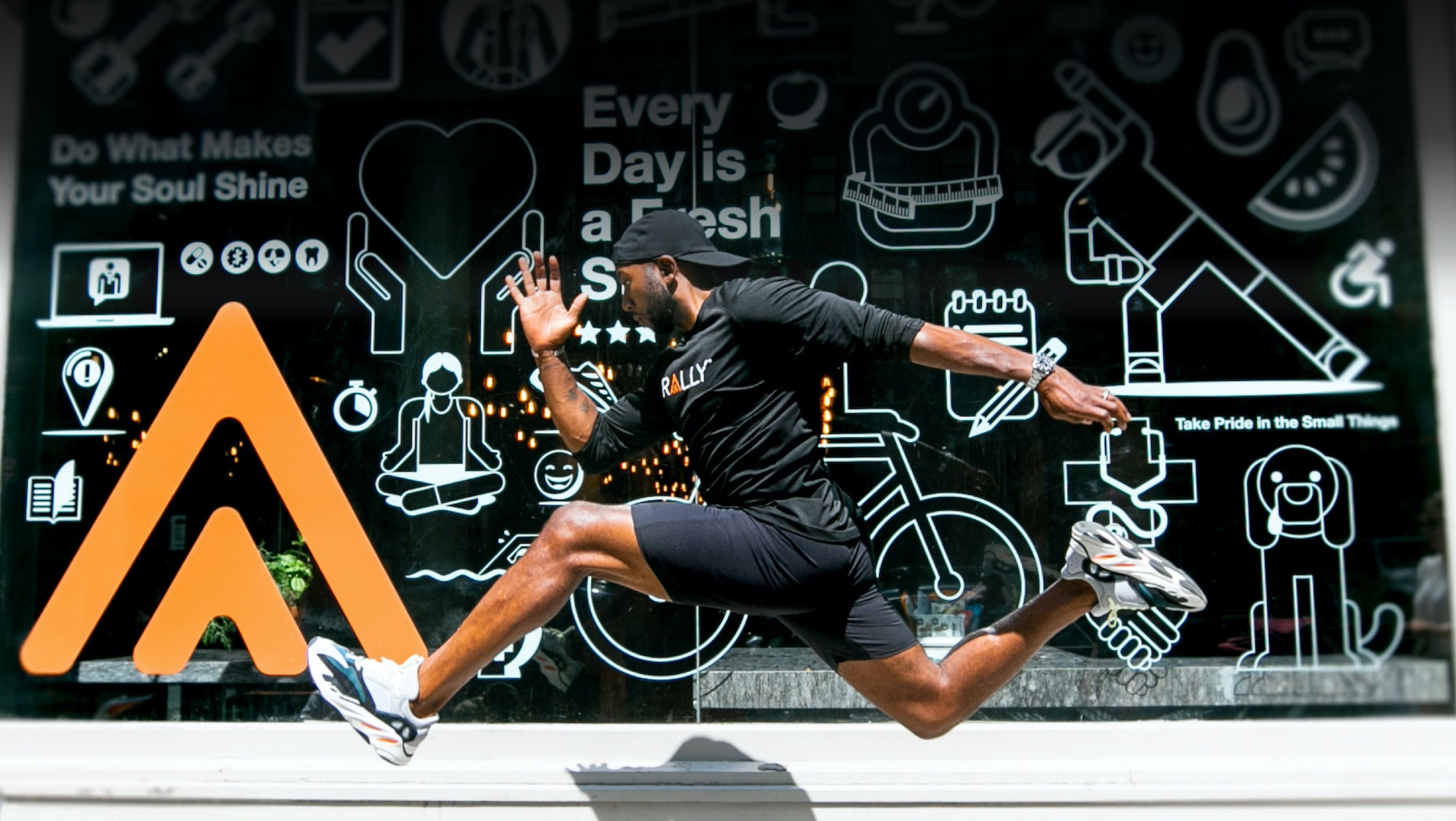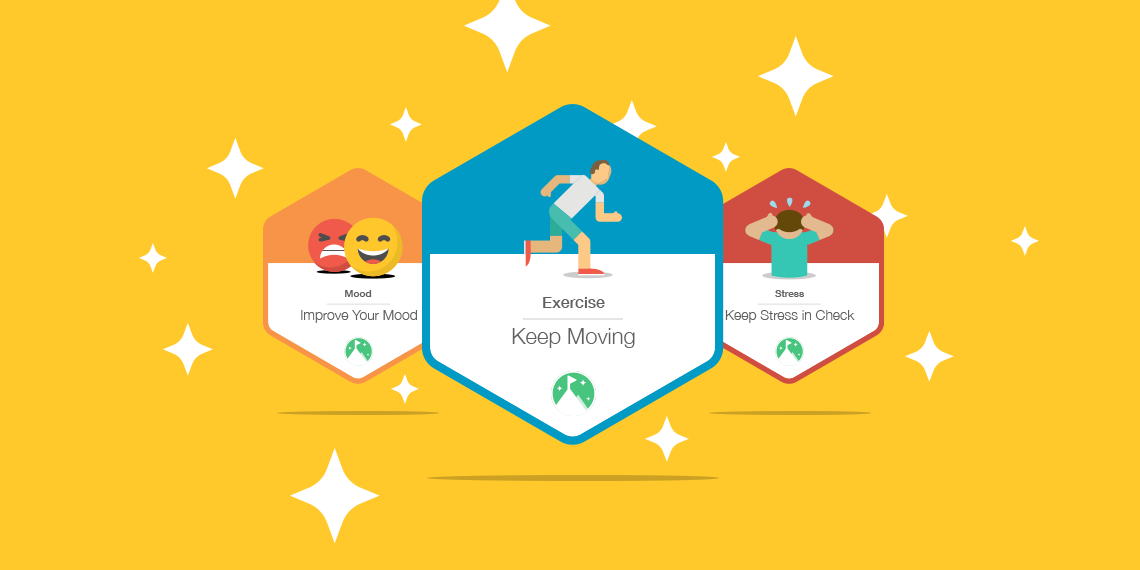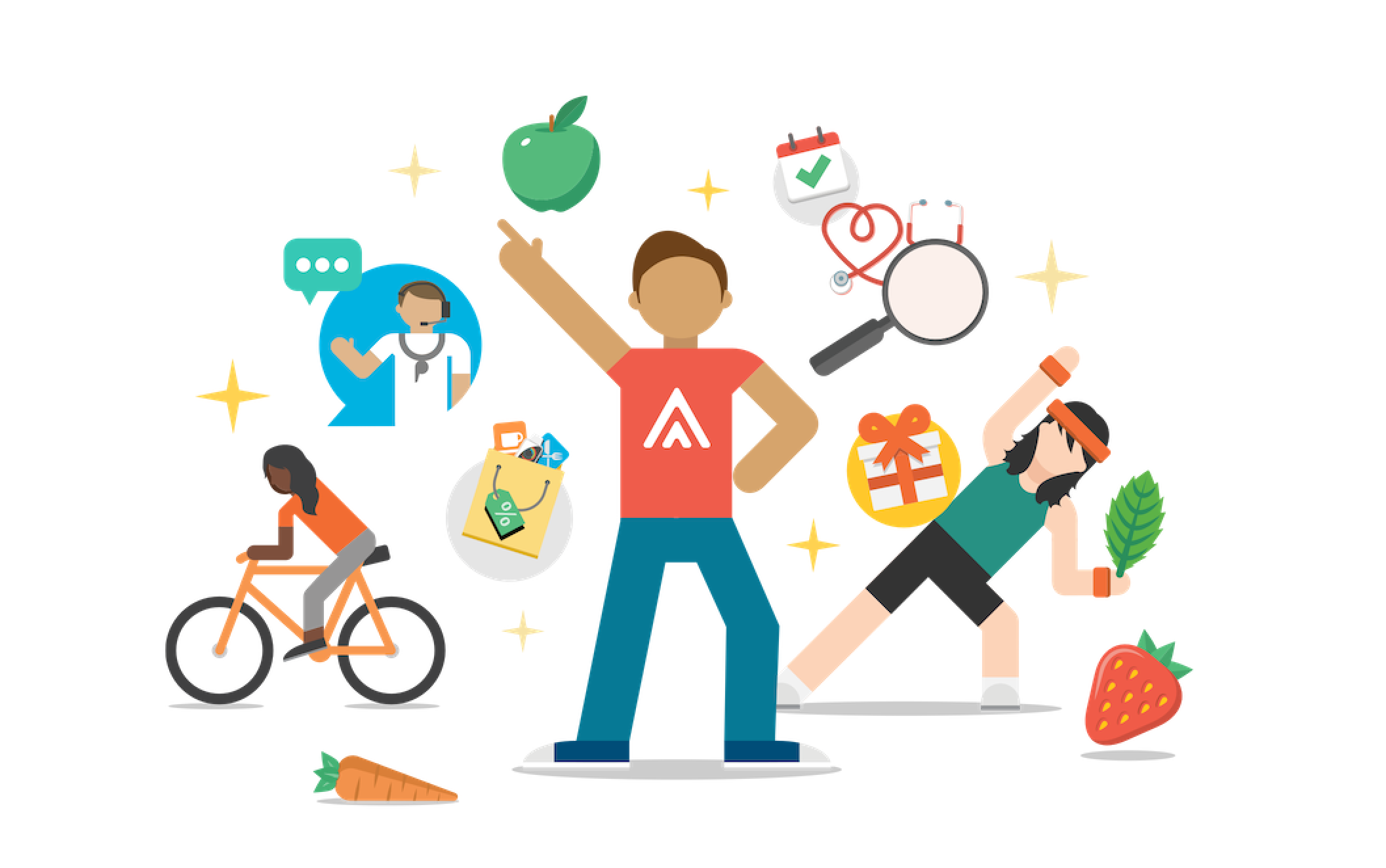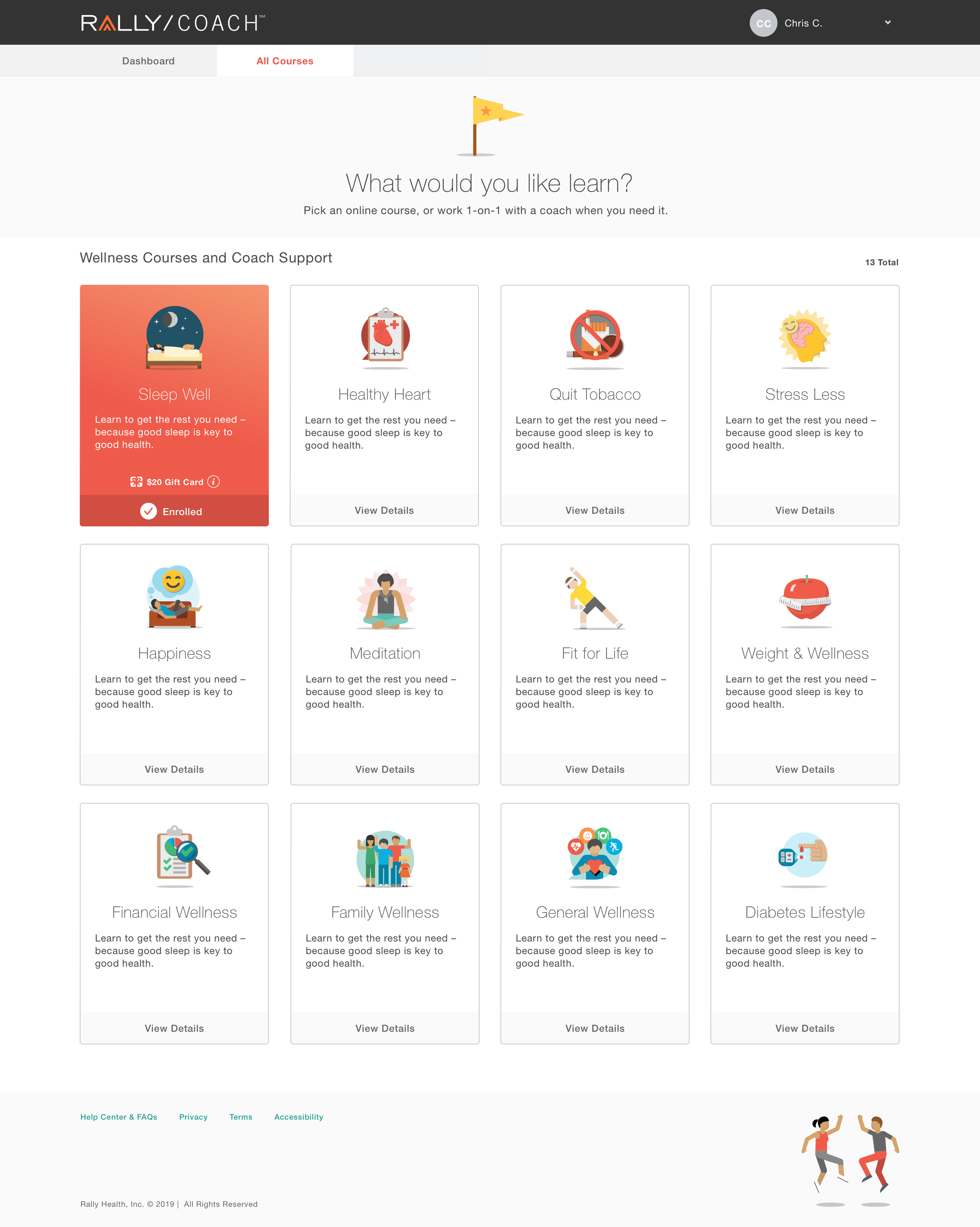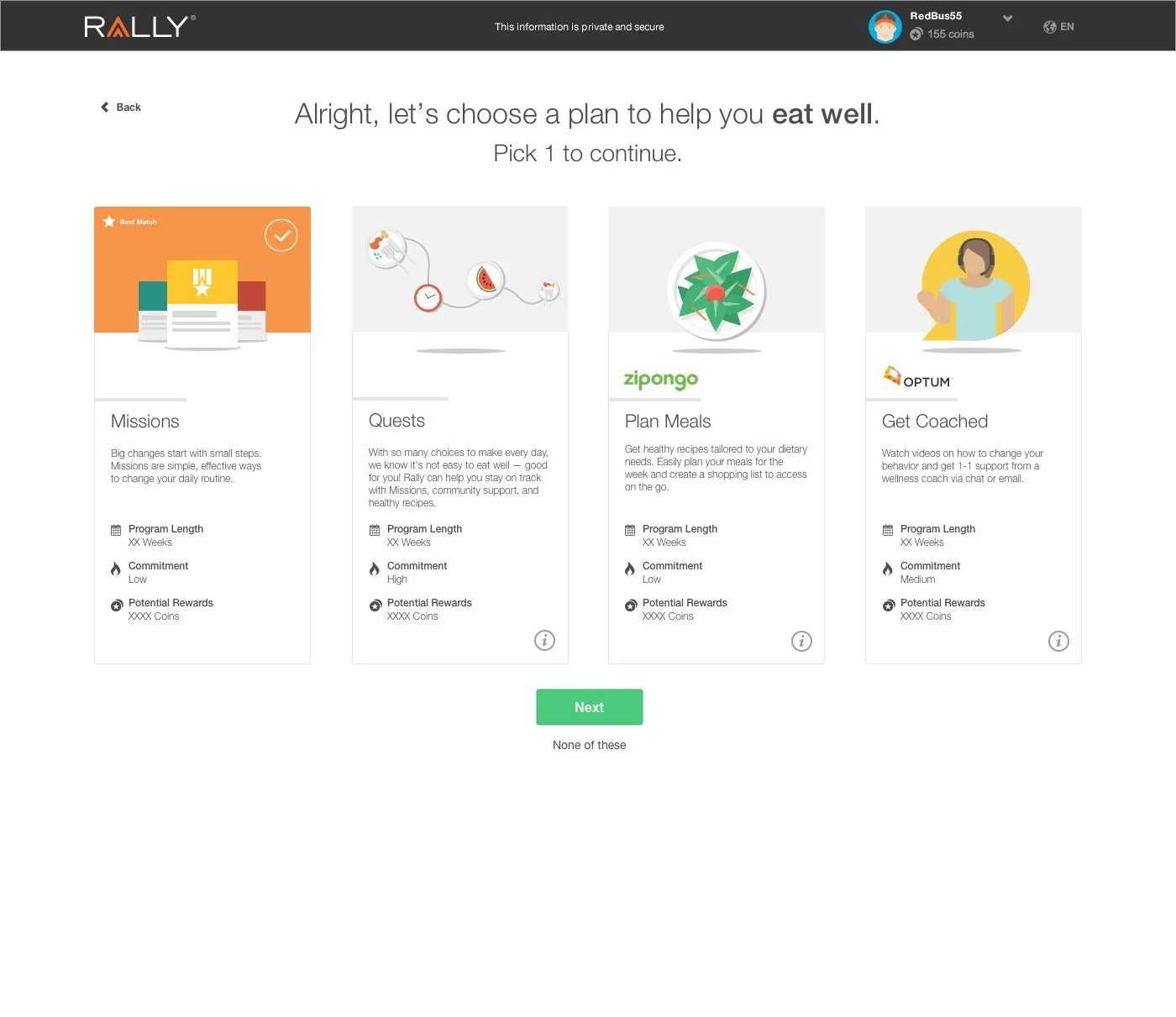Designed to Coach, Built for Change
Chapter 2 / Rally Health
Change doesn’t start with a feature. It starts with a connection.
A connection that says: “I see you. I believe in you. I’m here for you.”
At Rally, we set out to design for that.
We weren’t just building a coaching tool.
We were building a promise to help people feel better, do better, live better—again and again.
Most digital health tools focus on access—more features, more dashboards, more data.
But behavior doesn’t change through information alone. It changes through support. Through trust. Through the small moments between intention and action.
That’s where Rally Coach came in.
We started with Real Appeal—a clinically backed weight-loss program that had already helped millions regain control of their health. Our vision was to expand that model into a full ecosystem of coaching support—smoking cessation, weight loss, nutrition, fitness, stress—all guided by real humans, powered by behavioral science, and scaled through design.
We had one belief:
People don’t need more noise. They need nudges. Encouragement. Clarity.
That belief shaped everything we built.
Creating Clarity in a Complex Space
Behind the scenes, the product wasn’t messy—it was complex.
We were juggling personal health data, coaching workflows, and technical requirements, all while protecting user privacy and scaling quickly.
That’s where clarity came in.
I helped teams align around what mattered:
Who are we designing for?
What action do we want them to take?
What gets in their way?
We translated that into frameworks. Into consistent flows.
Into a design system that simplified everything from habit tracking to coach interactions—so people could focus on progress, not navigating a complicated tool.
Designing for Trust, Not Just Engagement
Health is personal. So trust wasn’t optional—it was the foundation.
Every screen, every message, every moment had to feel respectful and real.
We spent just as much time designing the tone of our coach messages as we did refining features.
We removed friction where it created drop-off.
We added friction where it earned credibility.
Trust wasn’t a KPI. It was the difference between users dropping off after day three—or staying for the full 16-week program.
What We Built
We launched Rally Coach as a modular, scalable platform.
Users could choose a goal, connect with a coach, and build progress through tiny, personalized steps.
Over time, we saw the results:
Retention rates that outpaced industry benchmarks
High coach satisfaction and user-reported habit improvement
Real stories of users quitting smoking, losing weight, walking more, sleeping better
But what mattered most was this: people came back.
They felt supported. They felt seen.
I didn’t just help design a product—I helped build a relationship.
Between user and coach. Between platform and trust.
And it all started by meeting people where they were—and designing from there.
